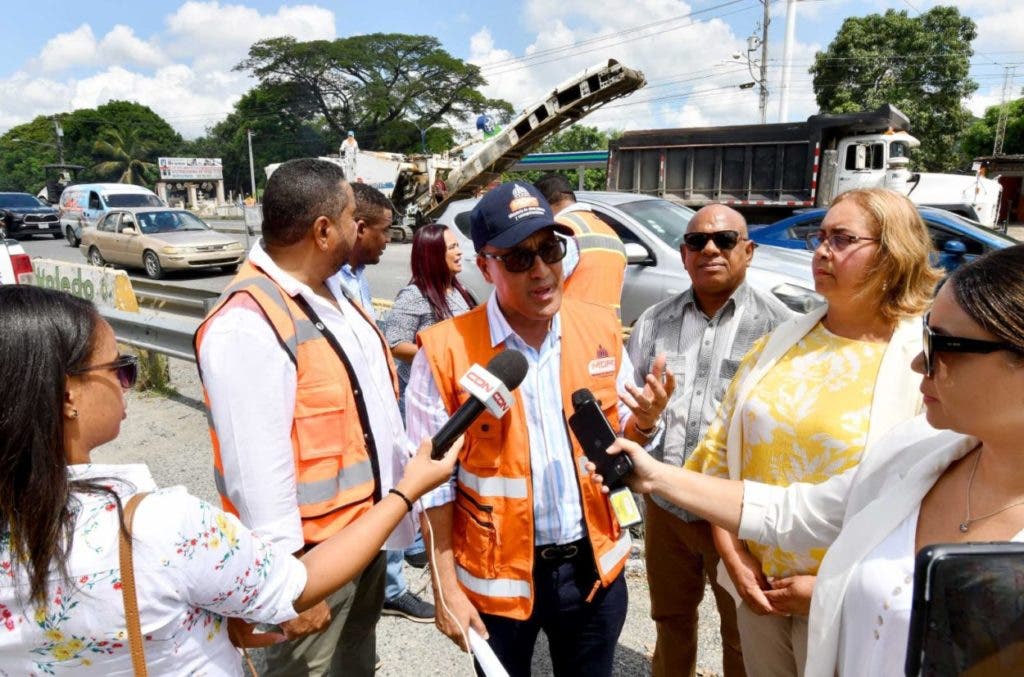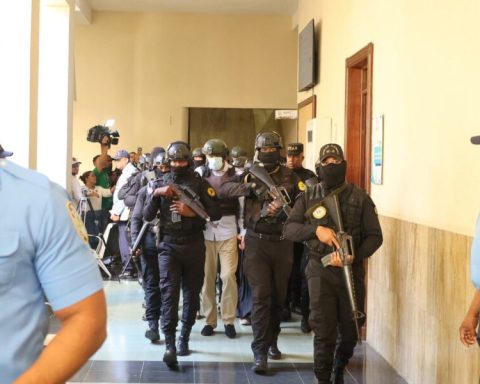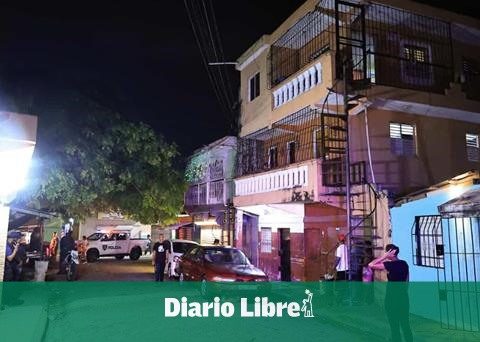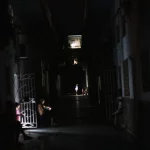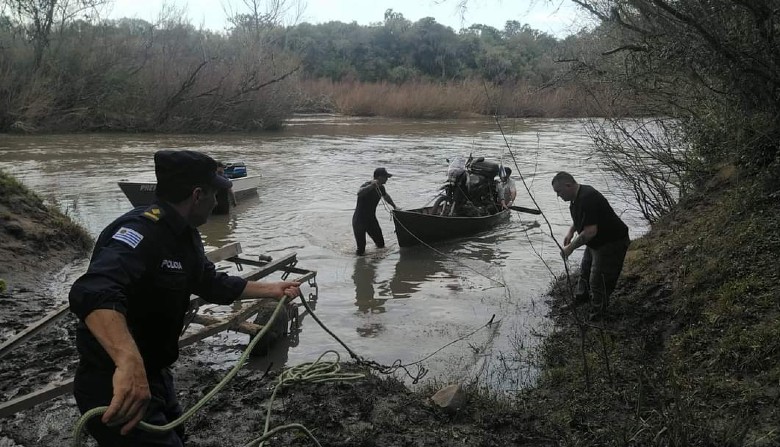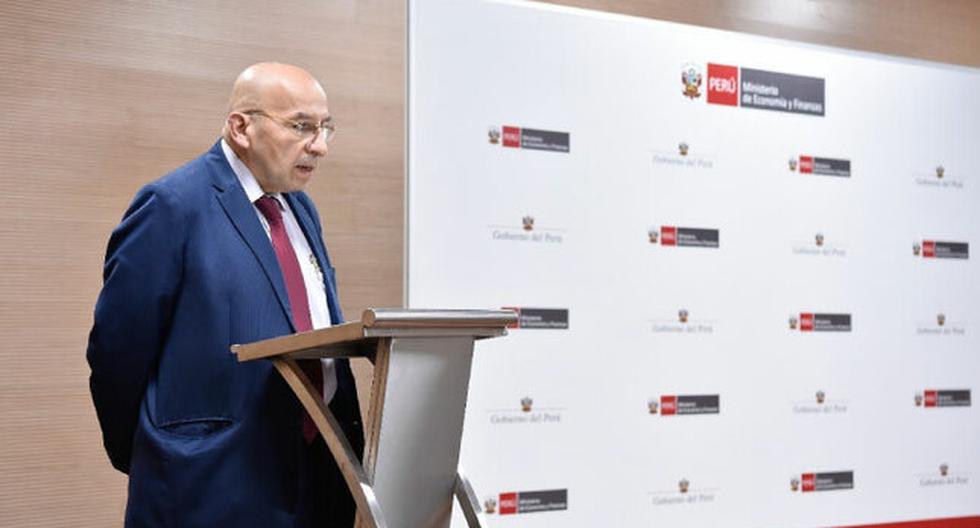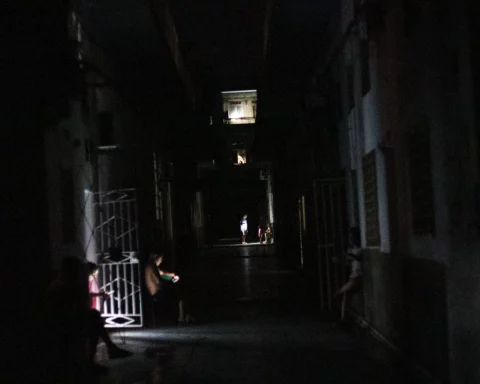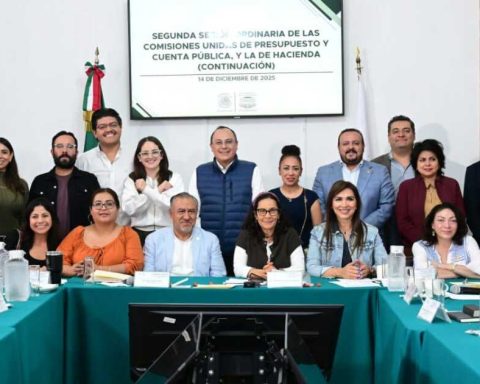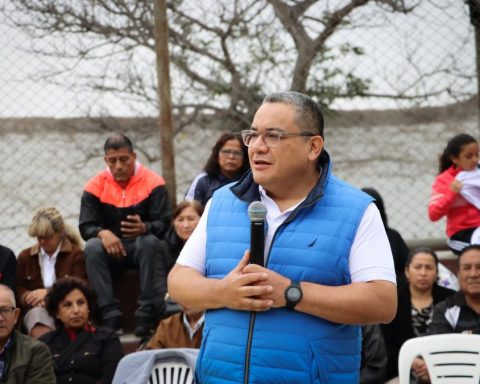Santo Domingo. The Ministry of Public Works and Communications (MOPC) reported that the deterioration suffered by the 6 de Noviembre highway is due to inexplicable failures in the application of asphalt in the conversion of the rest lanes to fast lanes, the repair of which will cost that institution a sum over RD$900 million pesos.
Among the maintenance works that are carried out on the important communication route between the capital and the South, include the removal of asphalt in the parts that show deterioration, but for this, an adequate pavement design must first be carried out, placing a sub-base, first; then the base and finally proceed with the asphalting.
During a supervision visit to the works being carried out, the Deputy Minister of Supervision and Planning, engineer Roberto Herrera, explained that even though different works are being carried out on this busy road, such as the construction of turnarounds, pedestrian and motorized bridges, among others, what most attracts the attention of citizens are the holes that form in the internal lanes.
In this regard, he said that in these “work was not done as it should have been done, and now more than in the simplicity of” plugging holes, we are forced to replace the asphalt that was applied during the past management in the MOPC, due to the misapplication of the applied support bases”.
He stressed that from now on Public Works will enter the phase of intervening in the internal lanes, “which is what produces the hateful holes. Of course, two of the four runners of the 6 de Noviembre have previously been intervened”.
He explained that within six or seven months, when the project being carried out on this road has been completed, the illegal crossings will be closed, and that in order to do so “we have to end the intervention of the four distributors and three bridges pedestrians, which is what will guarantee that people can cross the highway without exposing themselves to danger”.
He indicated that the amount that is scheduled to be invested in the 6 de Noviembre is 900 million pesos, and that the citizens and the country as a whole must understand that the work has never really stopped.
He said that when the current authorities arrived at Public Works, they found the 6 de Noviembre highway “in a situation, like other projects, with poor quality intervention.”
“Apparently, the most important controls were not taken, and I underline that term, the quality controls seem not to have been taken into account, and that has not only happened with November 6; already with Los Beisbolistas avenue, in Manoguayabo, which we also finished, showed that”.
He added that “although we found some built works, many have deteriorated and others are going to deteriorate, because that term of quality control was not taken into account before in an important way in the projects.”
In this way, and on behalf of the MOPC, the official responded to information that appeared in the edition of this Monday, August 22, in the newspaper Listín Diario, regarding the deterioration of that road due to an alleged lack of maintenance.
Herrera explained that those holes in the internal lanes of the 6 de Noviembre are generated “because it was asphalted without having a pavement design, and now it is up to us to remove all that asphalt that was placed, and that was lost.”
The 6 de Noviembre will have four major returns, which are the one in Cambita, on Avenida Constitución, the one in Hatillo and the intersection of that highway with the Circunvalación Santo Domingo.
Work is also being done on three pedestrian and motorized bridges, two of which are already between 30 and 70% complete and a third that is just beginning.
He said that the community and the country must take into account that public works interventions “had quality processes that we have to comply with so that what is happening now does not happen.”
He considered that there are many projects that should not have collapsed in a matter of three, four or five years. “And we as an administration are not going to make the mistake of finishing the works without having the quality controls that are needed.”
He referred that the guidelines that Minister Deligne Ascención has outlined is that the infrastructures have an optimal level, but that they must have the least amount of resources that is required, but complying with quality controls.
He said that the work to be carried out as of this Tuesday includes extracting the site and complying with a pavement design, placing the sub-base, the base and then the asphalt.
“If you lay the asphalt, and don’t lay base and sub-base, the asphalt is lost. We are now going to that stage: order all that material to be removed and comply with a design,” he said.
He maintained that the current management of the MOPC is complying with a work plan “that we are executing, and as of today, Tuesday, we have scheduled to work with the internal lanes of this
highway, because obviously they are the ones that do the most damage, because that is where the faults appear (the holes), and we are going to continue with that part.
“To the citizens who complain, we are going to present a recount of everything that has been done. We are going to inform you that of four returns that were designed, we already have two that are ready, in operation; Of the three pedestrian bridges that were scheduled, these already have a level of work, there are two that are between 30 and 70% complete, one of them placed at the La Semilla crossing, another at the Cajuilito, and excavations are already underway for the third to El Carril, from Haina”, he expressed.
In this regard, he said that there are engineering works that people hardly notice, “but when it comes to applying asphalt, until they see that it is being asphalted they don’t believe it.” He gave as an example that on the 6 de Noviembre highway, work was carried out with works that seek to reduce the number of accidents, as well as with returns.
He indicated that on the highway that connects the Capital with San Cristóbal, Baní and the entire southern region there are two lanes that function as internal lanes, which were originally designed as walkways. “It was not for vehicles to circulate. Upon our arrival at the Ministry we found it paved, they practically finished it in August 2020, that is, we entered and they finished”.
He explained that when a promenade is paved without complying with a design, base material, controlled sub-base, “what is happening on November 6 happens, that you cover the hole and that is the result, because you do nothing with placing asphalt on the surface if the lower part is not properly built and designed”.
´´Taking that into account, we prepared a project. First, to work on correcting this problem, which consists of extracting the part of the asphalt that was placed, and also the material that exists that is not the base, removing all that material, and complying with a design that is already ready for make that lane work the right way.”
Deputy Minister Herrera was accompanied by the General Director of Traffic Safety and Land Transportation (Digessett), General Ramón Guzmán Peralta; the governor of the San Cristóbal province, Pura Casilla, as well as technical staff from the MOPC.
